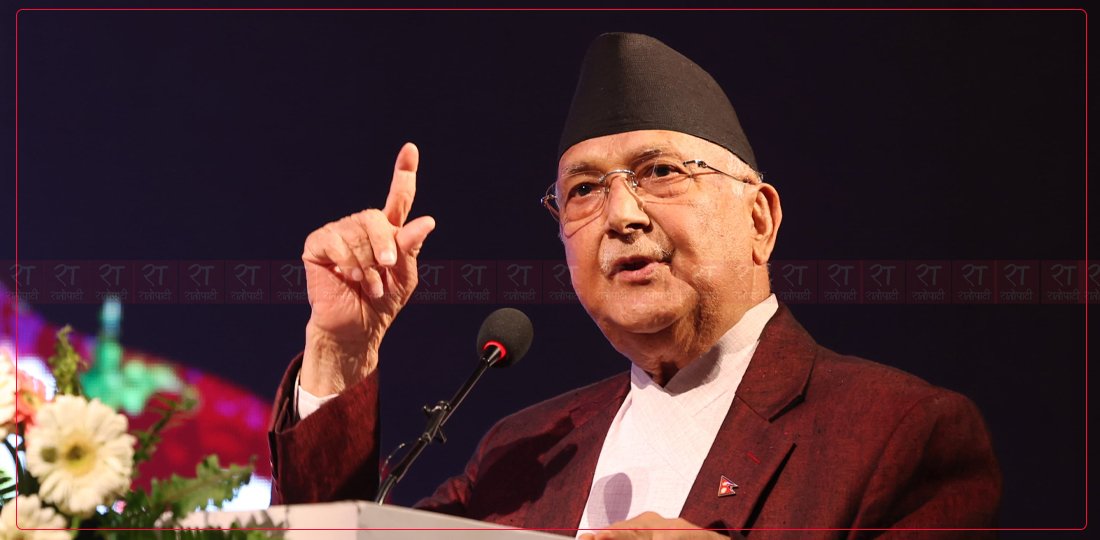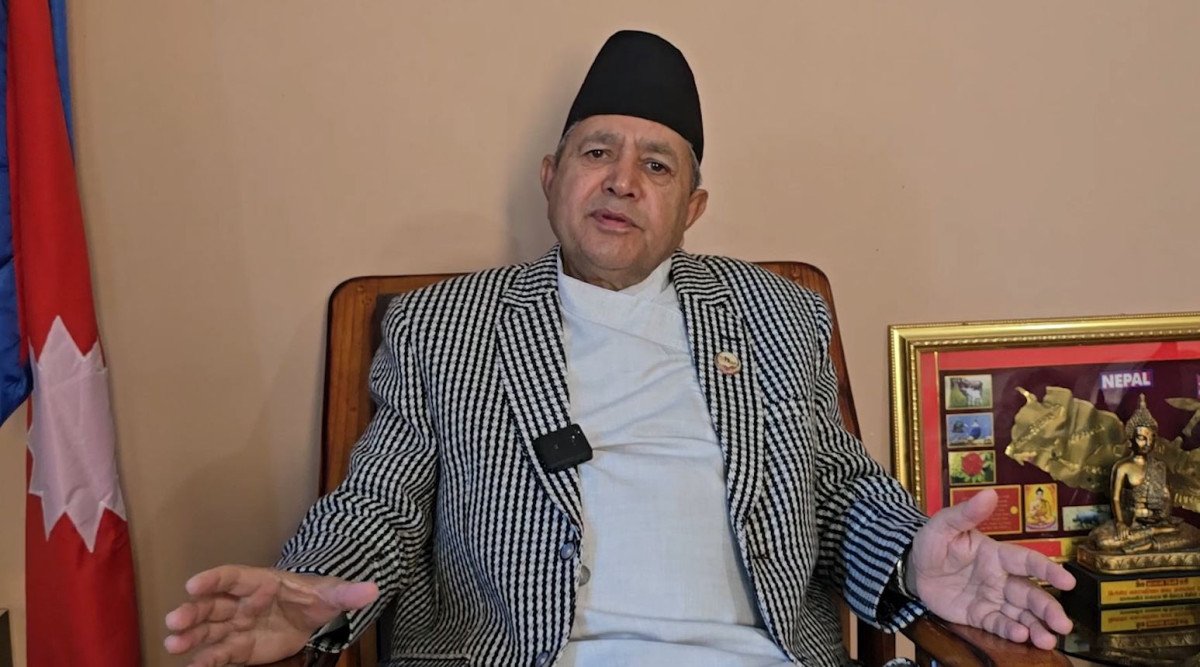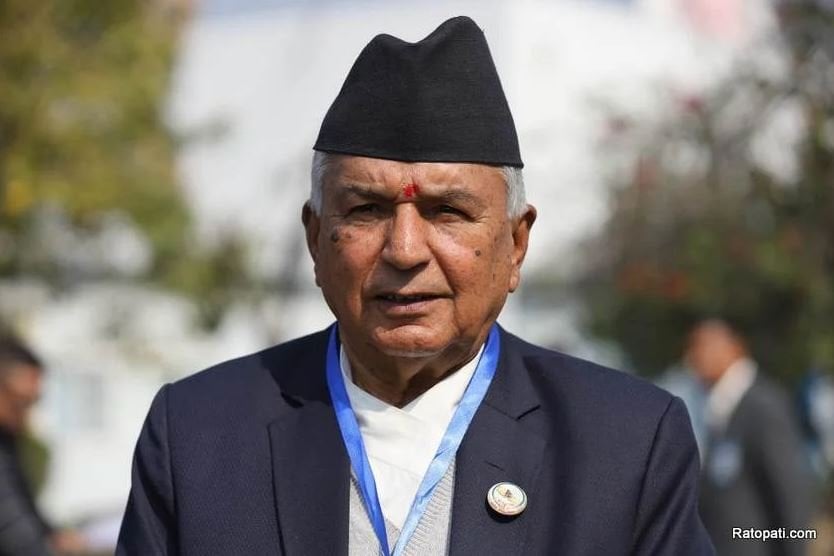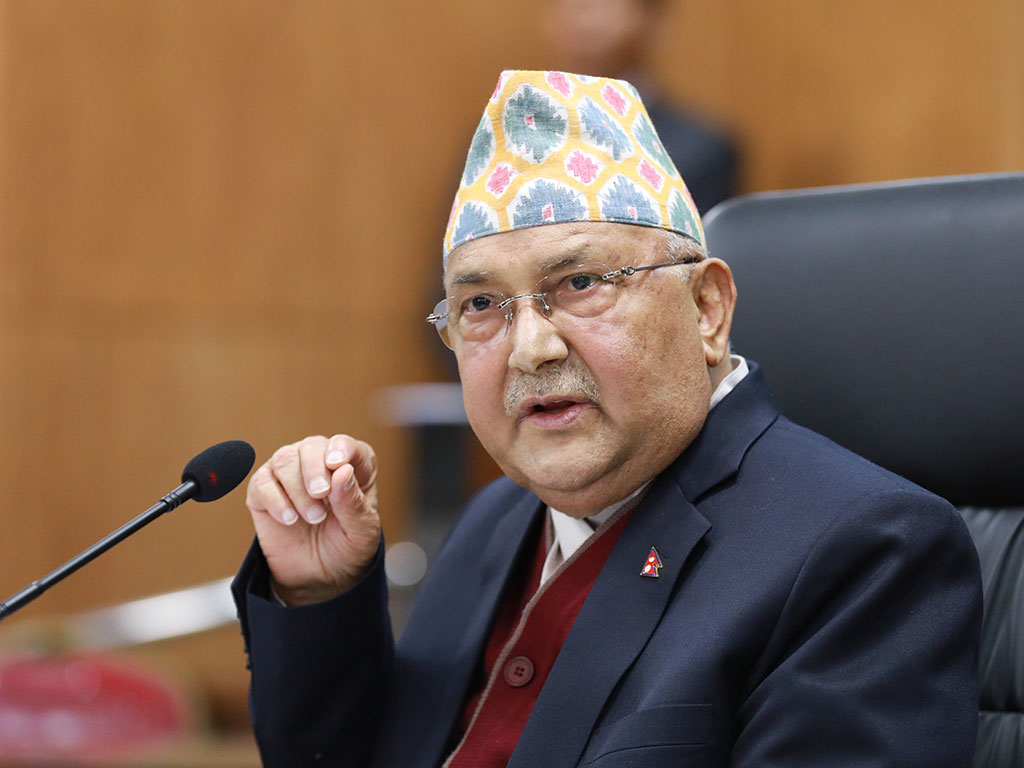COVID-19 crisis in Nepal: Delusion, dilemma or denial?

In Nepal, as per the ministry of Health and Population (MoHP), COVID-19-19 cases have risen to 1200% with an alarming resemblance and the ripple effect of India's COVID-19 crisis as the virus spread over borders. In accordance with CNN reports, hospitals are overwhelmed with cases skyrocketing as daily cases reported per 100,000 people have grown more than seven-fold in just two weeks. According to the International Federation of Red Cross and Red Crescent Society (IFRC), 44% of Nepal COVID-19 tests resulted positive last weekend.
The health system in Nepal is at extensively fragile stage with limited doctors, obsolete health equipment and lower vaccination rate. Nepal has enforced lockdowns in its worst-hit regions and sealed its boarders but there are still some fears that it is not enough to contain the virus with its rapid spread from the plains of Terai to as far as Everest Base Camp. According to Dr Samir Adhikari, a spokesperson for Nepal’s health ministry, the situations is turning from bad to worse day per day and it may go out of control in future.
Despite the ongoing situation that may lead to an unfortunate catastrophe, Nepal's Prime Minister KP Sharma Oli, in an interview, stated that Nepal's coronavirus situation is under control and the country has been taking "serious measures" to supply oxygen and provide hospital beds to patients. On contrary to Prime Minister’s statement, health care workers in Nepal have warned of a major crisis as daily coronavirus cases have hit a record and hospitals are seen running out of beds and much needed lifesaving oxygen.
Dr Jyotindra Sharma, chief of Hospital for Advanced Medicine & Surgery in Kathmandu, said, “Right now there no bed is available at any hospital in the Kathmandu Valley that is treating COVID-19 patients.’’ The COVID-19 hotline number also suggests that no vacant bed is available at any of the hospitals in the capital and advises to take the best course of action accordingly.
One of the main reasons for the second wave of COVID-19 to go out of hand has been self-inflicting. Back-to-back public events including festivals, political gatherings and weddings helped the virus spread far and wide, along with general public complacency and slow government action. Despite prohibitory orders, it is seen that people are still celebrating weddings and religious functions as this month in Nepali calendar had several dates ‘appropriate’ for weddings.
The next few weeks will be crucial in controlling Nepal's outbreak. Although the virus has already spread across the country, its effect can still be restricted if appropriate measures are taken. Firstly, the authorities are required to take all the precautionary measures to limit the spread. Government ought to realize the severity of the situation and make the citizens follow all the safety protocols that would enable to break the spread chain cycle of the virus as soon as possible. And, finally, we individuals must follow every safety measure to get rid of the present dreadful plight.









Leave Comment